
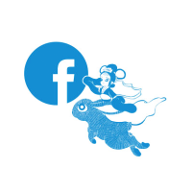
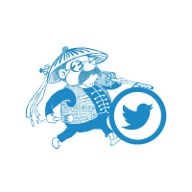
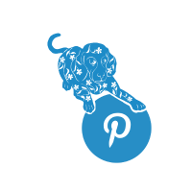


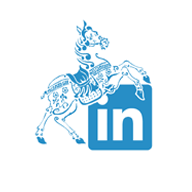
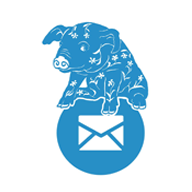
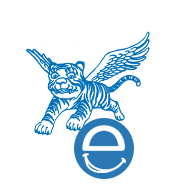
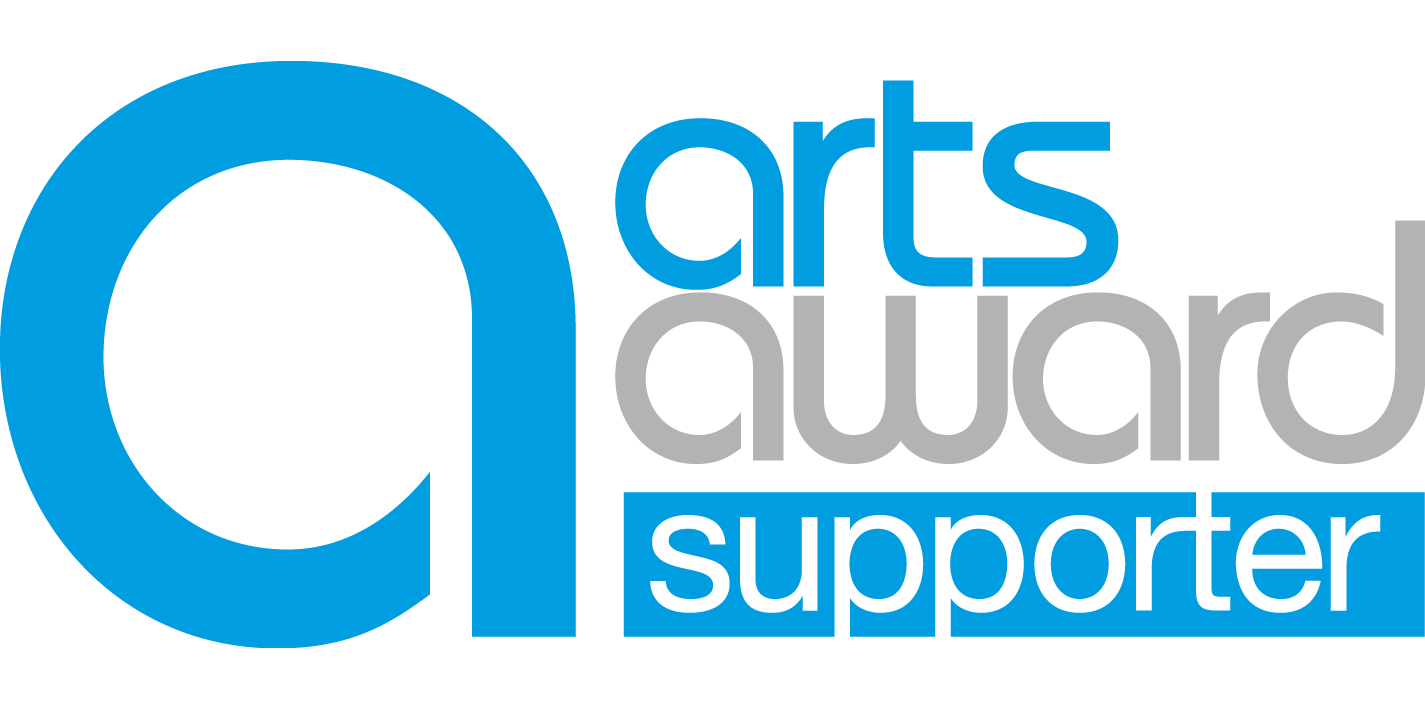
08 April 2018 by Suyen Hu

Can you find all the 12 animals of the Eastern Zodiac in Oxford? This map shows you some places to look. Some are real; some are statues. We think you can find them all.
Remember, Jade Rabbit was very good at disguise! Silly Billy may look like a Ram, or perhaps like a Unicorn! Five colour Dog turned into a handsome man with a face like a dog! Read about all the animals with Snowflake Books Animal Signs series.
When you find your animal tick the box and write where you saw it. There are many other besides the ones we have found.
Young children should be accompanied by a responsible adult when searching for these animals.
鼠(shǔ) Mouse/Rat:Traditional Japanese clothes had no pockets and useful objects were hung on cords from a sash. Netsuke were like large buttons on one end of the cord. They had to be smooth and compact but could take many forms. A little mouse is ideal. You can see a mouse netsuke in the Japan Room in the Ashmolean Museum. See what other netsuke animals you can find.
牛(niú) Ox/Cow/Water buffalo: You can see the Ox on the city offices and flag outside the Town Hall in St Aldates because the City of Oxford coat of arms is an ox crossing over water. The name “Oxford” means a ford suitable for cattle, and dates back to Saxon times. An attractive example is on the cast iron railings of Osney Bridge, built in 1899 where Botley road crosses the River Thames. In Chinese mythology the ox symbolises hard work and a kind nature.
虎(hǔ) Tiger: In Chinese legend the reformed tiger became the Protector of Little Children. Children’s clothes were often decorated with tiger images to give protection against evil spirits. In the Pitt-Rivers Museum see if you can find the children’s “Tiger Hat” of the Miao people from Guizhou Province! You will find Chinese and Japanese pictures of tigers in the Ashmolean Museum.
兔(tù) Rabbit/Hare: Alice in Wonderland is always associated with Oxford, and with the White Rabbit. If you go to the Story Museum you will find a large figure of a White Rabbit. Have a look around the museum. The author, pen name Lewis Carroll, lived at nearby Christchurch. You may also find a rabbit in the Ashmolean Museum when you are looking for the little mouse. You'll see the Jade Rabbit and the Monkey King there as well.
龙(lóng) Dragon: Chinese Dragons are symbols of power and status, and of gods, so dragon images are found on temples and palaces and on clothes of important people. You can find splendid robes decorated with dragons in the China Rooms of the Ashmolean Museum. Did you know the number of claws on the dragon showed how important you were; only emperors could have dragons with five claws. Can you find an emperor’s robe?
蛇(shé) Snake: The coat of arms of Green Templeton College which teaches medicine includes the ancient symbol for healing – a snake coiled around a staff. In Greek mythology this was the symbol of Asclepius, demi-god of medicine. Because snakes shed their skins they were thought to represent rebirth and long life. In Taiwan snakes were worshipped as the daughters of the Land Gods who cared for the farmers and countryside, perhaps because they kill rodents.
马(mǎ) Horse: In the Tang period in China people were very skilled in training horses for war and entertainment with their mysterious “dancing horses”. The earthenware statuettes of Tang Horses are unusually naturalistic and are highly valued. You can see some of the beautiful Tang horses in the China Room in the Ashmolean Museum.
羊(yáng) Goat/Sheep/Ram: The legend of the one-horned goat corresponds with another mythical Chinese creature: the Xie Zhi. For centuries China was famous for its blue and white porcelain. This fine example shows the one horned goat and is nearly 700 years old! It can usually be found on the second floor of the Ashmolean Museum in the China display in Room 38.
猴(hóu) Monkey: The Monkey King is so important in Chinese and Buddhist legend that the Ashmolean Museum had a whole exhibition of monkeys! Unfortunately this is now ended, but you are sure to see many images of the Monkey King in the China rooms.
鸡(jī) Rooster: Standing at the crossroads in the centre of Oxford you will see Carfax Tower, remains of the 12th century church of St Martin. On top is a weather vane or weathercock in the shape of a cockerel. Many centuries ago Pope Nicholas ruled that all churches must use cockerels as weather vanes in memory of St Peter. High up, the cockerel is the first thing to catch the rising sun. We like to link that with the mythical Chinese Rooster who persuaded the reluctant sun to rise and warm the earth.
狗(gǒu) Dog: Several East Asian countries share a Buddhist tradition and common mythical animals. Large statues of the Lion-Dog guarded palaces in China, but you can find an attractive figurine in the Japan Room 37 in the Ashmolean Museum
猪(zhū) Pig: The pig is a symbol of happiness and good luck in Chinese legend and in Europe. The Pitt Rivers Museum has a display of “Luck and Protection” charms and there you can find a little pig, who actually doesn’t look very happy!